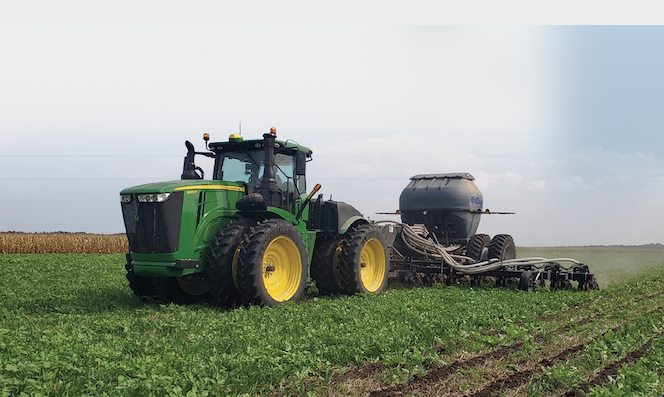No-Till Farmer
Get full access NOW to the most comprehensive, powerful and easy-to-use online resource for no-tillage practices. Just one good idea will pay for your subscription hundreds of times over.

The 7th annual National Strip-Tillage Conference (NSTC), held August 6-8, may have looked a little different than previous years’ events. But the idea-sharing and diversity of topics discussed during general sessions, classroom presentations and live roundtables embodied the annual experience attendees have come to expect. Here are 4 highlights from this year’s event.
Wayne Fredericks, a strip-tiller from Osage, Iowa, has worked with Jerry Hatfield, retired USDA plant physiologist, since the early 1980s, to collect data on his 750-acre farm’s soil health. Soil testing has revealed an 8% increase in organic matter in 25 years.
Fredericks credits changing to strip-till and using cover crops to the increase in soil organic matter. According to NRCS, each 1% of organic matter for enhanced water availability is worth $18 per acre.
Hatfield says that growers can lose 20% percent of crop yield due to lack of available moisture. “When we’re talking 240 bushel corn vs. 200 bushel corn or 60 bushel beans vs. 50 bushel beans, that’s significant,” says Fredericks.
Charles City, Va., farmer David Hula has a reputation for being one of the top-yielding corn producers in the world. He credits his 2018 transition to strip-till with enhancing the conservation tillage benefits he was already seeing after decades of no-till. Through a series of trials in 2019, Hula saw even emergence among his early corn plants, which has contributed to visual evidence of increased yield potential.
“We saw suckers…